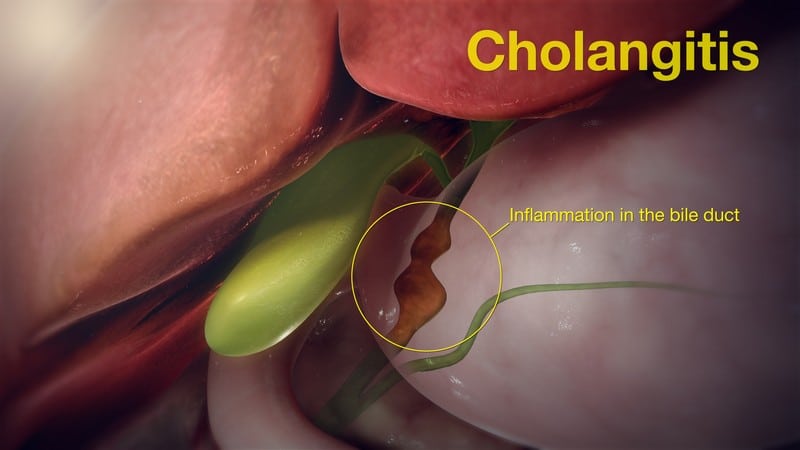Cholangitis

Cholangitis is the inflammation or swelling of your bile duct. It’s widely considered to be liver disease. When bile ducts are obstructed or inflamed, it can lead to the accumulation or build-up of bile, leading to problems like liver damage. Some cholangitis types are mild. However, others can be life-threatening. Its symptoms generally depend on the duration and type of cholangitis. Chronic cholangitis’ early signs may include dry mouth and eyes, itchy skin, and fatigue.
Those who have had the condition for a very long time may experience night sweats, swollen ankles and feet, skin darkening, muscle pain, joint, and bone pain, bloating, fat deposits, diarrhea, mood and memory problems, and gallstones. It’s also common to have abdominal cramps, chills, nausea, vomiting, jaundice, dark urine, lowered blood pressure, and confusion as symptoms. Healthcare providers may also find indicators of the condition in the enlarged or swollen liver or spleen, high cholesterol, osteoporosis, and hypothyroidism.
Long-term cholangitis may become an autoimmune condition, where the body’s immune system attacks its bile ducts mistakenly and causes inflammation. The disease can develop from bacterial infections, blockages, tumors, and gallstones. Smoking, toxic substances, sex, age, and genetics are all also risk factors for cholangitis.










